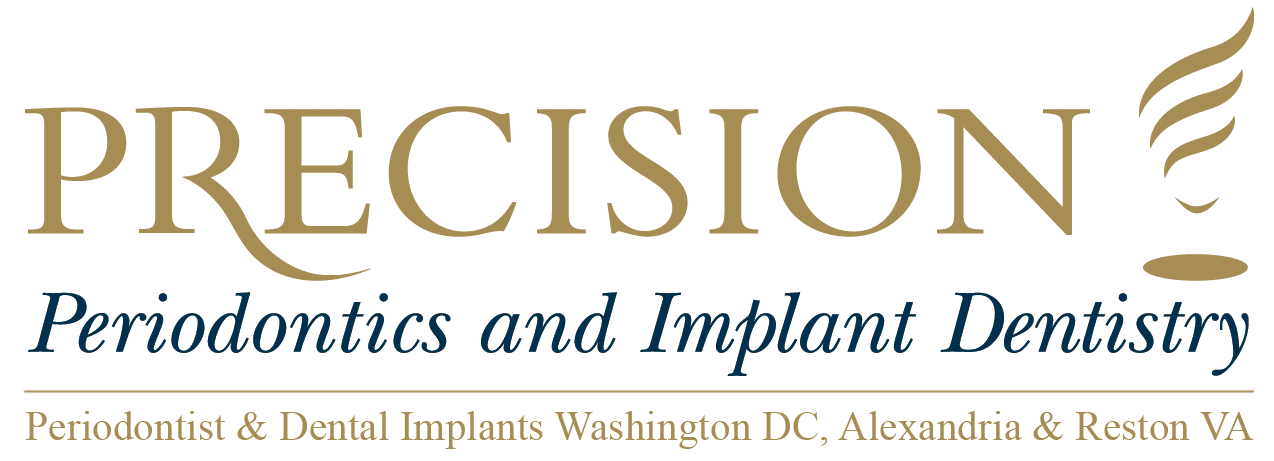Mouthwash
Mouthwash is a liquid which is held in the mouth, swished around, and can also be gargled. Other terms which are commonly used for mouthwash include mouth rinse, oral rinse, and mouth bath.
A mouthwash is typically an antiseptic solution which is used to minimize the microbial load inside the mouth. Other types of mouthwashes may be used as an analgesic, anti-inflammatory or anti-fungal. In addition, some rinses serve as a saliva substitute and help to neutralize the acid and maintain moisture in the mouth. Other forms of cosmetic mouthwashes are used to help reduce and control bad breath.
The act of rinsing the mouth with water or mouthwash following brushing the teeth can lower the amount of salivary fluoride. This process can reduce the ability of fluoride fighting off cavities and decay. The use of a fluoridated mouthwash can help to reduce this side effect. Based on a study conducted by experts in 2012, there was limited evidence for a best practice associated with rinsing the mouth following teeth brushing.
Mouthwash Use
Common use of mouthwash includes the rinsing of the mouth with the product. The oral rinse is swished around or gargled for approximately 30 minutes and then spat out. It is not recommended to drink fluids immediately following the use of mouthwash. With some types of products, expectorate stains the teeth which makes bacteria and debris visible. To avoid washing away the fluoride residue from toothpaste, mouthwash should not be used immediately following the brushing of the teeth. In addition, the mouth should not be rinsed out with water following brushing. In the United Kingdom, a National Health Service campaign encouraged patients to spit and not rinse after brushing their teeth.
The act of gargling is completed by tilting the head back, and allowing the mouthwash to sit in the back of the mouth while the patient exhales. This results in a bubbling effect of the liquid. In Japan, gargling is practiced to help prevent viral infections. A common use of this is through an infusion or consumption with tea. In many cultures, gargling is recommended to be completed in private or in a bathroom. This allows the patient to spit the mouthwash in a sink and rinse it away.
Side Effects and Benefits
One of the most common uses of mouthwash is in a commercial antiseptic, which can be used at home and included in a daily oral hygiene regimen. Most types of mouthwashes combine various ingredients to help prevent and treat various oral issues. There are endless types of mouthwashes available and there is no standard formula.
Some companies who manufacture mouthwash offer an antiseptic or anti-plaque mouth rinse to kill the bacterial plaque which can result in cavities, bad breath, and even gingivitis. While mouthwash can be used as an aid to oral hygiene, it does not eliminate the need for dialing brushing and flossing. The American Dental Association (ADA) recommends twice daily brushing, daily flossing, regular dental exams and professional cleanings in order to maintain good oral health. Mouthwashes can be an excellent aid in supplementing a good oral hygiene.
Patients should follow up with their dentist to determine which type of mouthwash will best meet their needs and reduce any side effects.
